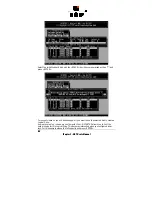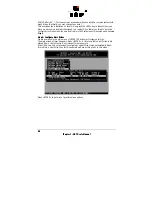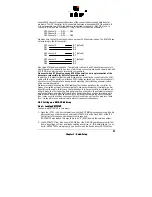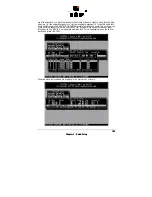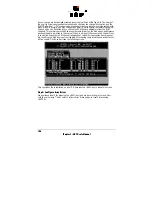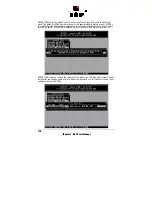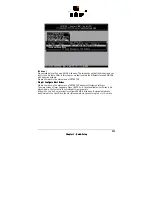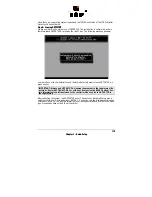
&KDSWHU&*'78VHUV0DQXDO
This can be done in two ways:
a.) Load GDTX000 from the DOS-command level by typing in GDTX000<ENTER>
b.) Load GDTX000 automatically through the CONFIG.SYS file (DEVICE=GDTX000.EXE)
Note: GDTSETUP.EXE as well as GDTX000.EXE are on the
System Disk - DOS
.
If GDTSETUP was loaded this way, there is a "D" (Disk) behind the version number.
You may ask now, what are the differences between the two GDTSETUP variants ?
They are small. The GDTSETUP variant loadable from disk under MS-DOS also additionally
allows the partitioning of Host Drives which is not possible with GDTSETUP loaded from
the Flash-RAM. Loading GDTSETUP from the Flash-RAM is pretty comfortable, since there
is nothing more required to configure the disk arrays. User's, who have for instance, an NT
installation without a DOS partition, will highly appreciate this Flash-RAM-resident
GDTSETUP.
For our example, it is not relevant, whether we load GDTSETUP from the Flash-RAM, or
from disk.
Now load GDTSETUP. The first menu asks you to select the desired ICP Controller. In our
example there is only one ICP Controller installed in the system. Therefore simply press
<ENTER> and then <F2> to select the Advanced Setup.
6WHS&RQILJXUH3K\VLFDO'HYLFHV
Now activate the menu
Configure Physical Devices
(level 1). A list appears showing all hard
disks found on the ICP Controller’s SCSI channels. If you have a ICP Controller with a differ-
ent number of SCSI channels, the existing SCSI channels are displayed. Note: This screen
will always report all devices that are found to be connected to SCSI-cables, even though

